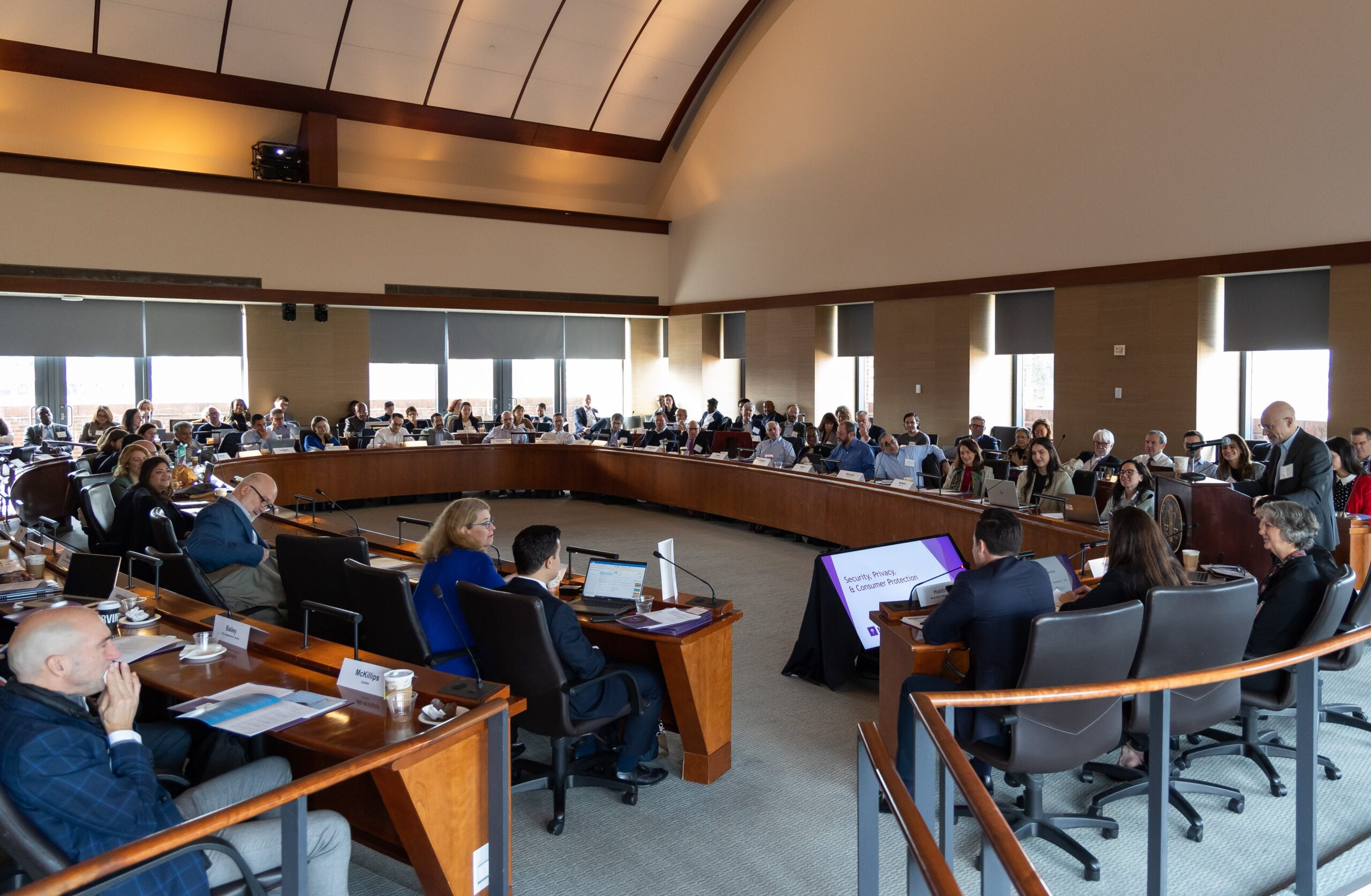by Charu A. Chandrasekhar, Luke Dembosky, Avi Gesser, Erez Liebermann, Marshal Bozzo, Johanna Skrzypczyk, Ned Terrace, and Mengyi Xu.

Top left to right: Charu A. Chandrasekhar, Luke Dembosky, Avi Gesser, and Erez Liebermann.
Bottom left to right: Marshal Bozzo, Johanna Skrzypczyk, Ned Terrace, and Mengyi Xu. (Photos courtesy of Debevoise & Plimpton LLP)
On October 16, 2024, the New York Department of Financial Services (the “NYDFS”) issued an Industry Letter providing guidance on assessing cybersecurity risks associated with the use of AI (the “Guidance”) under the existing 23 NYCRR Part 500 (“Part 500” or “Cybersecurity Regulation”) framework. The Guidance applies to entities that are covered by Part 500 (i.e., entities with a license under the New York Banking Law, Insurance Law or Financial Services Law), but it provides valuable direction to all companies for managing the new cybersecurity risks associated with AI.
The NYDFS makes clear that the Guidance does not impose any new requirements beyond those already contained in the Cybersecurity Regulation. Instead, the Guidance is meant to explain how covered entities should use the Part 500 framework to address cybersecurity risks associated with AI and build controls to mitigate such risks. It also encourages companies to explore the potential cybersecurity benefits from integrating AI into cybersecurity tools (e.g., reviewing security logs and alerts, analyzing behavior, detecting anomalies, and predicting potential security threats). Entities that are covered by Part 500, especially those that have deployed AI in significant ways, should review the Guidance carefully, along with their current cybersecurity policies and controls, to see if any enhancements are appropriate.









